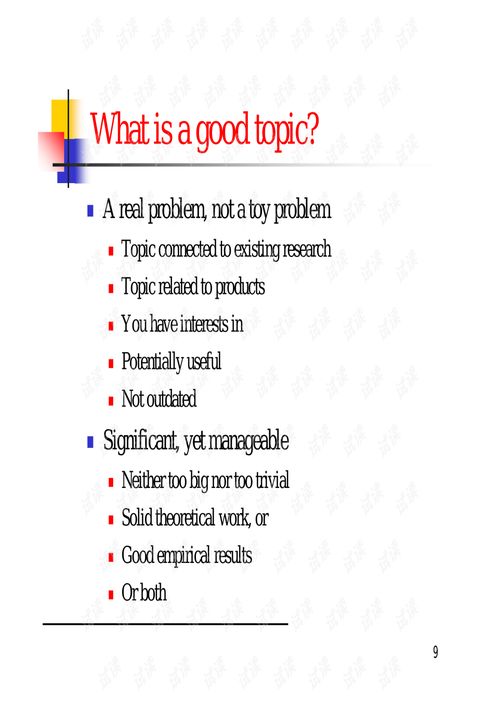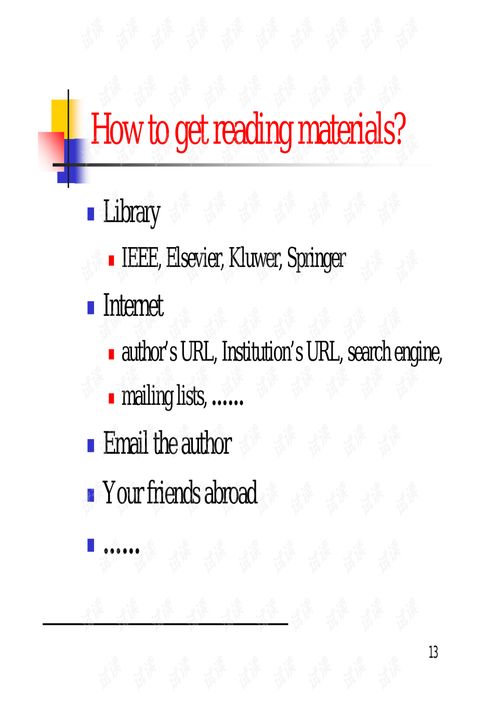Understanding the Basics of Surveying

Surveys are a fundamental tool for gathering information and insights from a targeted group of people. Whether you’re conducting market research, assessing customer satisfaction, or simply gathering opinions, knowing how to do a survey effectively is crucial. In this detailed guide, we’ll explore the various aspects of surveying, from planning to execution and analysis.
Planning Your Survey

Before diving into the survey process, it’s essential to have a clear understanding of your objectives. Ask yourself what information you want to gather and how you plan to use it. This will help you design a survey that is both relevant and effective.
Identify your target audience. Determine who you want to survey and why. This could be customers, employees, or a specific segment of the population. Once you have a clear idea of your audience, you can tailor your survey to their needs and preferences.
Choosing the Right Survey Method

There are several survey methods to choose from, each with its own advantages and disadvantages. Here are some common survey methods:
| Survey Method | Description | Advantages | Disadvantages |
|---|---|---|---|
| Online Surveys | Conducted through email, websites, or survey platforms | Cost-effective, easy to distribute, and can reach a large audience | May have lower response rates, and participants may not be representative of the entire population |
| Mail Surveys | Sent through postal mail | Can reach a broad audience, including those without internet access | Longer turnaround time, higher costs, and lower response rates |
| Phone Surveys | Conducted over the phone | Higher response rates, allows for real-time feedback, and can reach people without internet access | More expensive, time-consuming, and may be intrusive |
| Face-to-Face Interviews | Conducted in person | High response rates, allows for in-depth responses, and can gather qualitative data | Expensive, time-consuming, and limited to a specific geographic area |
Designing Your Survey
Once you’ve chosen your survey method, it’s time to design your survey. Here are some key considerations:
Keep it short and focused. Avoid overwhelming your respondents with too many questions. Aim for a survey length that can be completed in 10-15 minutes.
Use clear and concise language. Avoid technical jargon and complex sentence structures. Make sure your questions are easy to understand.
Choose the right question types. Use a mix of open-ended and closed-ended questions to gather both qualitative and quantitative data. Closed-ended questions are great for gathering specific information, while open-ended questions allow respondents to provide detailed feedback.
Testing Your Survey
Before distributing your survey, it’s important to test it. This will help you identify any potential issues, such as confusing questions or technical problems. You can conduct a pilot survey with a small group of respondents to gather feedback and make necessary adjustments.
Executing Your Survey
Once your survey is ready, it’s time to distribute it. Choose the appropriate distribution method based on your target audience and survey method. For online surveys, consider using a survey platform or distributing the survey link via email. For mail surveys, send the survey to your target audience via postal mail. For phone surveys, contact your respondents directly.
Analyzing Your Survey Results
After collecting your survey responses, it’s time to analyze the data. Use statistical software or spreadsheet tools to analyze the quantitative data and identify trends and patterns. For qualitative data, read through the open-ended responses and identify common themes and insights.
Interpreting Your Findings
Once you’ve analyzed your survey results, it’s important to interpret the findings in the context of your objectives. Consider how the data supports or refutes your assumptions and what actions you can take based on the insights gained.
Conclusion

